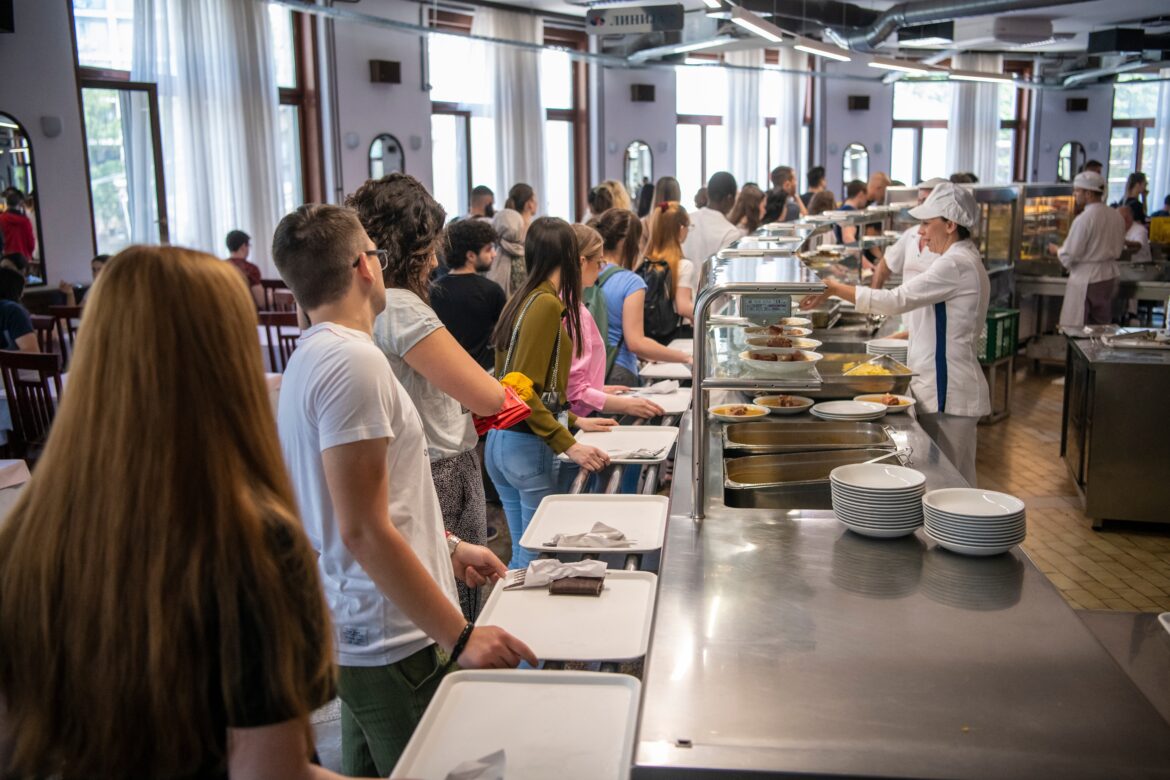School is back in session, which for some students means the pressure to learn and also how to access nutritious food to eat. College food insecurity, an issue once relegated to the fringes of campus conversations, has become a pressing concern in recent years.
Recent studies reveal a troubling reality: between 19 and 56 percent of college students experience food insecurity. This statistic highlights a significant gap in the ability of students to access sufficient, safe, and nutritious food. Factors contributing to this crisis include rising educational expenses, limited financial aid, and insufficient wages from part-time jobs.
Food insecurity among college students can lead to a host of negative outcomes, including decreased academic performance, higher dropout rates, and adverse health effects. Many students facing food insecurity report having to choose between paying for textbooks or buying groceries, a dilemma that places undue stress on their educational experience and personal well-being.
Innovative Solutions are Needed to Move the Needle
Addressing college food insecurity requires a multifaceted approach that includes both immediate relief and long-term systemic changes. Here are some innovative solutions that can make a significant impact:
- Campus Food Pantries and Meal Sharing Programs Many colleges have implemented food pantries to provide immediate relief to students in need. However, to maximize their effectiveness, these pantries must be well-funded and easily accessible. Meal-sharing programs, where students and faculty can donate surplus meals or groceries, can also help bridge the gap. Leveraging technology to create apps that connect students with available resources could further enhance these efforts.
- Partnerships with Local Businesses and Nonprofits Collaborations with local businesses and nonprofits can offer creative solutions to food insecurity. For instance, universities can partner with local farms to provide fresh produce or with restaurants for discounted meals. Nonprofit organizations specializing in food relief can offer support and expertise to enhance on-campus efforts.
- Enhanced Food Assistance Programs While programs like the Supplemental Nutrition Assistance Program (SNAP) are crucial, many students are unaware of their eligibility or face bureaucratic hurdles. Streamlining the application process and increasing awareness through targeted outreach can help more students access these vital resources. Additionally, some universities are exploring ways to integrate food assistance into their financial aid packages.
- On-Campus Food Production Initiatives Universities can explore on-campus food production initiatives, such as community gardens or hydroponic farms. These initiatives not only provide fresh produce but also engage students in sustainable practices. They can also serve as educational tools, integrating lessons on nutrition, agriculture, and environmental stewardship into the curriculum.
- Technological Solutions and Data Analytics Technology can play a pivotal role in addressing food insecurity. Apps and platforms designed to track food inventory, coordinate donations, and identify student needs can optimize resource allocation. Data analytics can help institutions better understand the scope of the problem and tailor interventions to the specific needs of their student populations.
- Policy Advocacy and Institutional Support Beyond immediate interventions, advocating for policy changes at the institutional and national levels is essential. Universities should implement comprehensive support systems that include financial, emotional, and nutritional assistance. Creating a supportive campus culture that openly addresses food insecurity can also help reduce stigma and encourage students to seek help.
The Hunter College New York City Food Policy Center (the Center) has collaborated with Share Meals (SM) to present a Pantry Link Pilot Program as both a way to alleviate campus food insecurity and a promising alternative to the traditional campus pantry model. Read more about our innovative pilot project in our recent report HERE.


